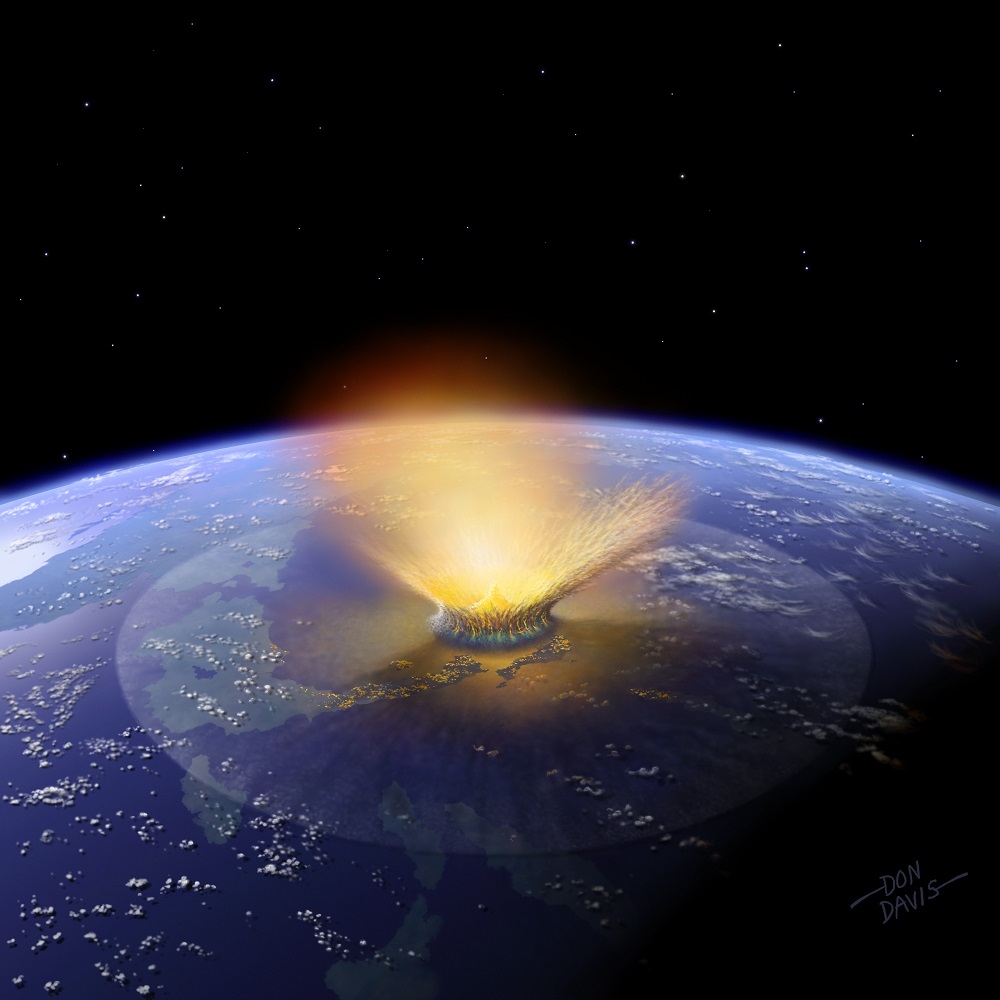
© ShutterstockA woman's diet at the time of conception might cause lasting changes in the DNA of her children, according to researchers.
A woman's diet at the time of conception might cause lasting changes in the DNA of her children, potentially influencing their development, researchers say.
In a new study, researchers analyzed the
diets of women in rural parts of The Gambia, in western Africa, who experience major changes in their diets over the course of each year as the area goes through rainy seasons and dry seasons.
"The rainy season is often referred to as 'the hungry season,' and the dry season 'the harvest season,'" said study author Robert Waterland, a nutritional epigeneticist at Baylor College of Medicine in Houston.
"During the rainy season, villagers have a lot more farming labor to do, and they gradually run out of food collected from the previous harvest."
Yearlong staples of the women's diet include rice, a grain called millet, peanuts and cassava. But during the rainy season, they eat more leafy green vegetables similar to spinach, which are very high in folate, a nutrient that is especially important during pregnancy.
The scientists investigated the concentration of nutrients in the blood of 84 pregnant women who conceived at the peak of the rainy season and 83 women who conceived at the peak of the dry season. In addition, they analyzed the DNA of six specific genes in the women's infants when they were 2 to 8 months old.
The researchers found that in all six genes, the infants who were conceived during the rainy season had consistently higher rates of "methylation" in their DNA. A methylation is a change made to DNA - it's the addition of methyl groups to the DNA strand, a so-called
epigenetic modification to DNA - and is a process that can silence the expression of a gene.


